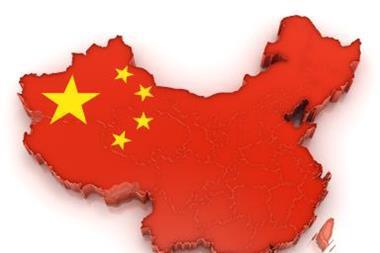The fall of the Twin Towers and its aftermath show the ripple effect of global risk. Ten years on, in the year of the Japan earthquake, what have we learned?
The horrific carnage and destruction visited on New York City 10 years ago was a defining moment in modern history. Those events and America’s foreign policy moves in the aftermath of September 11, 2001 have had an impact on people the world over (and many more have lost their lives in the years since the Twin Towers fell).
But 9/11 was also a watershed moment in the evaluation of risk, which brought home the new complexity of the global risk landscape. Not only was the direct scale of loss so dramatic but the aftermath of the attacks also led to a whole spectrum of indirect losses. One of the most well publicised of these is the increase in car accidents as a result of people taking to the roads for fear of air travel.
“Today, good risk management requires a much deeper understanding of interrelationships than in the past. Modern risk management has to identify and evaluate these interrelationships in advance.”
Munich Re’s reinsurance chief executive, Torsten Jeworrek
For the insurance industry itself, putting aside the direct losses, the distribution of the claims burden was remarkable. According to Munich Re, of the approximately US$32bn (£20bn) in claims payments after 9/11, about a third were for business interruption losses (such as at airport duty-free shops).
The attacks also caused widespread turbulence in the stock markets, further weakening global business and impacting on insurers’ financial strength. It is a good guess that the terrorists who committed these acts had an idea of the symbolic and real blow that they would be dealing America and the West by their actions. But it’s unclear whether they, or anyone, would have understood exactly how far-reaching these impacts would be.
Joe Plumeri’s top 10 risks
At a recent conference in Germany, Willis chairman and chief executive Joe Plumeri outlined his top 10 global risks:
10 Reputation
09 Supply chain
08 Cyber security
07 Globalisation
06 Cost and availability of credit
05 Reputation and compliance
04 Market cap risk
03 Pandemics
02 Terrorism
01 Climate change
New concentrations of risk are arising all the time, and spotting these accumulations is extremely hard. Severe natural disasters, for example, have always led to a severe accumulation of risk, but these losses mainly involved property in the affected area and did not spread to other regions. Today, however, the situation is very different.
The earthquake in Japan in March showed the true scale of loss potential arising from disrupted global supply chains. especially in the automotive and technological industries. Motor manufacturers worldwide had to reduce or suspend some plant operations as a result of lack of parts. Technological companies issued profit warnings.
The disaster in Japan was exacerbated by the concentration of suppliers to certain industries. This is not unusual. Specialist industry suppliers are often located in a single country (for example, semi conductor production is focused in Taiwan, China and Korea). Where the countries concerned are in natural catastrophe zones, a major incident, as in Japan, can limit availability of components for an entire global industry.
As far as natural catastrophes are concerned, the situation only looks set to get worse. Aon’s Annual Global Catastrophe Report 2010 highlighted that natural catastrophic activity in 2010 was far higher than the previous three years, with 314 separate events causing significant damage in various parts of the world.
“These 314 events, defined as natural meteorological and climatological occurrences that have caused a significant impact in terms of insurance claims, economic loss and/or fatalities or have had a large humanitarian effect, resulted in economic losses of $251.95bn (€184bn) and insured losses of €28bn,” said the report. “By comparison, 2009 tallied 222 events that combined to produce €42bn in economic losses and €14bn in insured losses.”
Companies and countries can’t prevent natural catastrophes - but they can improve risk management and reduce the impact of natural disasters.
Many of these problems are the result of living in today’s increasingly globalised, interconnected and complex world. But this reality only heightens the necessity for early recognition of the interactions between risks. It may be possible for risk managers to (in some instances) work with their insurers to understand risk accumulations and interconnectivity.
Working with research institutes and universities, some insurers have begun developing new software and solutions to support the qualitative and quantitative analysis of complex risk accumulations. Risk managers entering into partnerships may be able to access some of this expertise and know how to decipher and reveal the interdependencies between risks.




















No comments yet